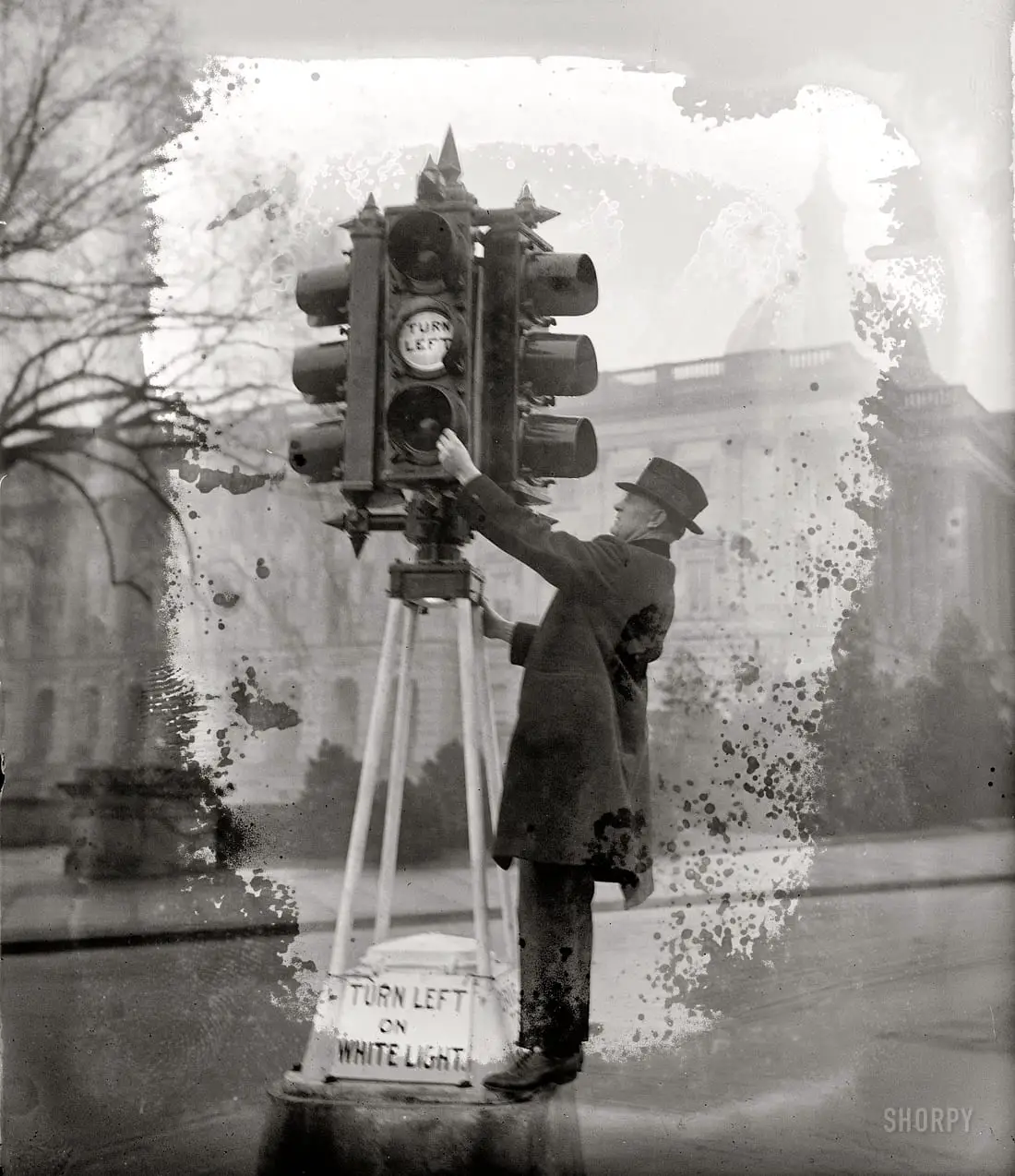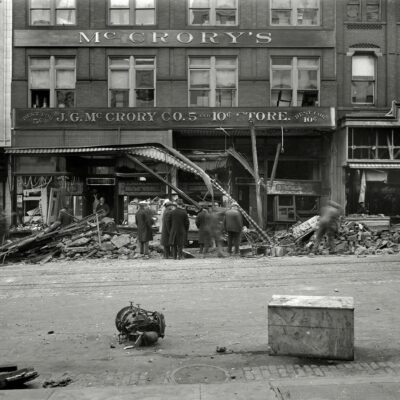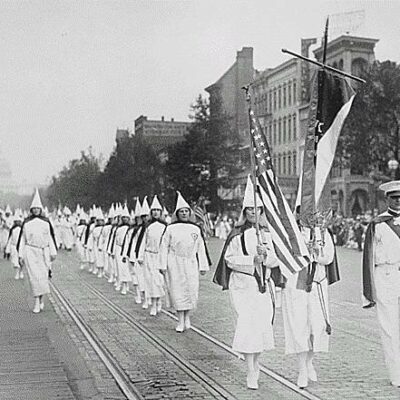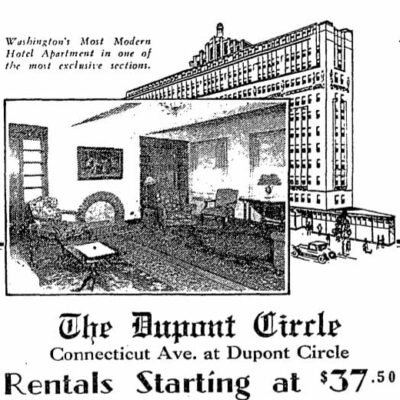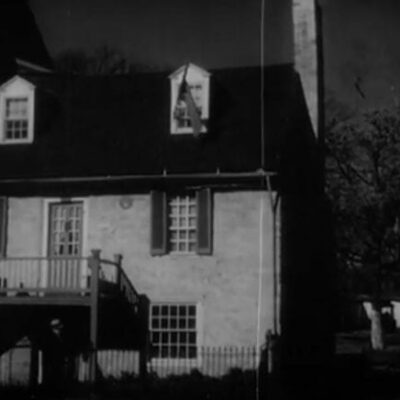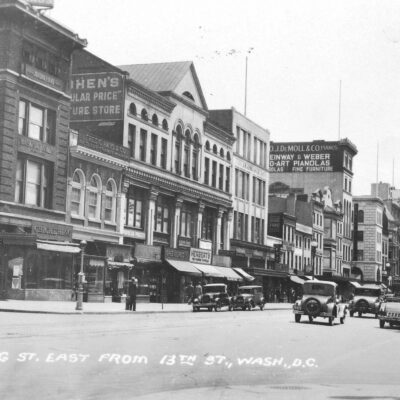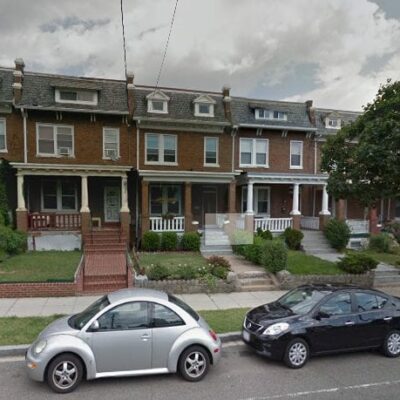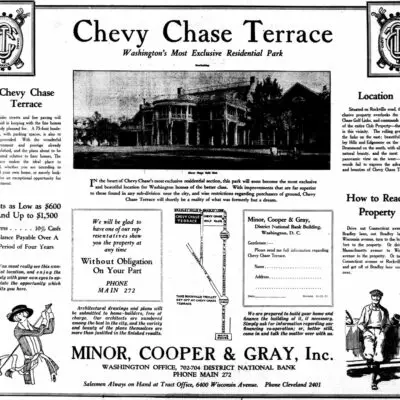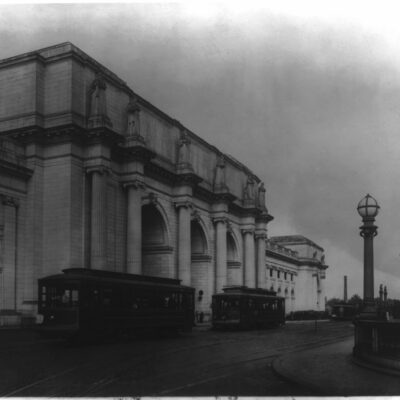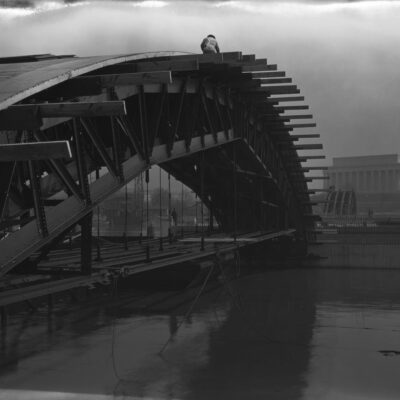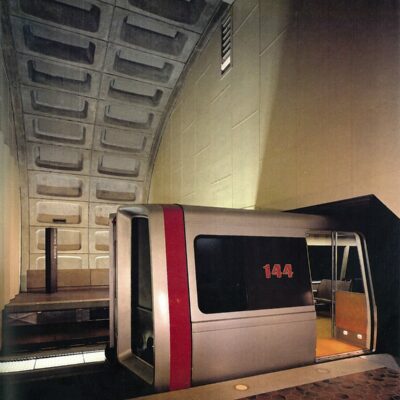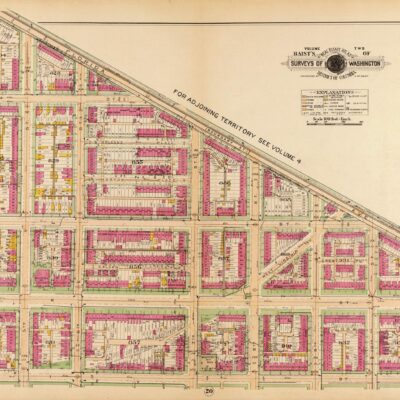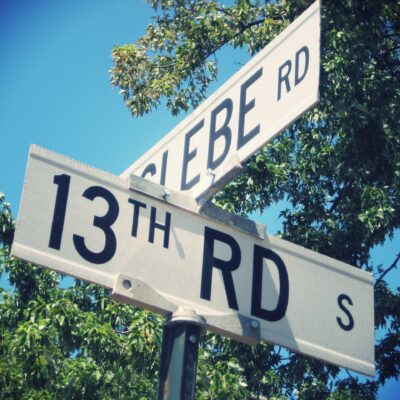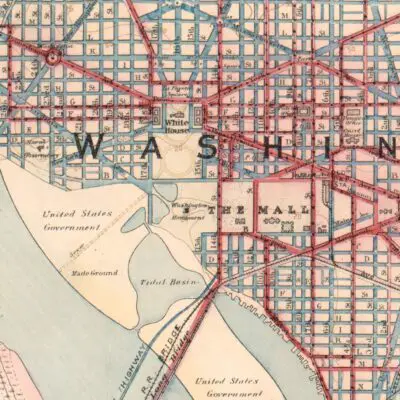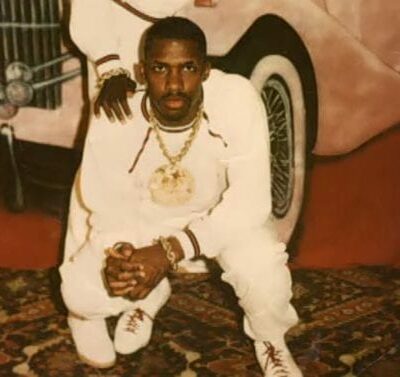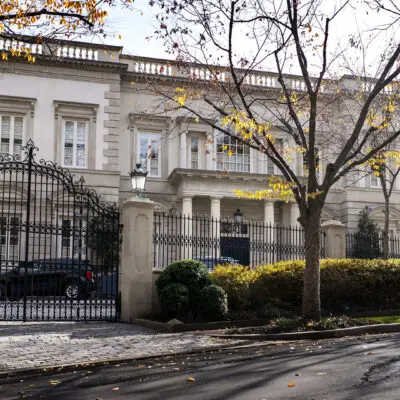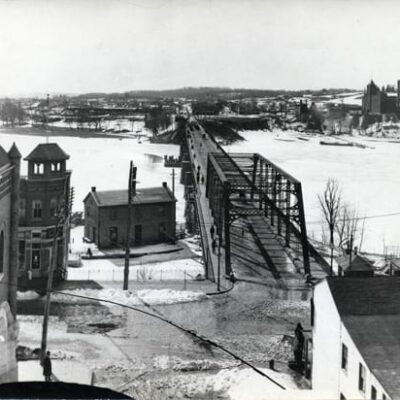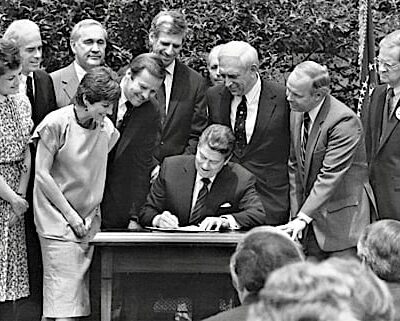This might make you think twice about stopping at a red light … well, maybe not. Nevertheless, it’s an amusing read on the terrors of driving in 1927.
The article below is from the Washington Post on March 15th of that year.
The spectacular career of the “traffic light robber,” which began a week ago, came to an abrupt end yesterday. Today James Steele, colored, 24 years old, of Cambellton, Fla., who admitted to police he was the robber, is behind bars at the First precinct station awaiting court action on four charges of robbery.
Credit for capture of the highwayman is due to Jack Wolfe, police headquarters chauffeur, and Detective Henry M. Jett, of the headquarters automobile squadron. they were driving on Massachusetts avenue near Seventeenth street northwest, in a police car, when Wolfe espied a man who answered the description of the robber.
-ad 197-“That guy looks good,” he remarked to Jett as the car was brought to a halt. Both alighted and approached the man. As they did so, police say, the man drew a hand from his coat pocket and threw an open knife to the street. The other hand he thrust deep into his pocket as if he held a gun. He warned the policemen:
“You’d better keep away from .”
With drawn revolver, Wolfe rushed at the negro, and he and Jett overpowered him. Returning to headquarters the suspect admitted he was the man they sought. A broken piece of automobile spring and pocket knife were the weapons the negro used in the robberies, he told police. Detective Jett returned to work Sunday after a three-week illness.
Steels’ robbery idea–that of leaping into an automobile awaiting a green signal light–came to him one day as he walked on Massachusetts avenue, he said. He had no fixed residence and came here a few weeks ago from Florida.
A week ago, he told police, he decided to put his idea into operation. At Thirteenth and Massachusetts avenue, he claimed Chester M. Wright, English language secretary of the Pan-American Federation of Labor, as his first victim. While Mr. Wright was awaiting the green signal light, Steel said he stepped into the automobile and, holding the spring in his pocket to resemble a revolver, forced the autoist to drive to seventh street and Florida avenue northwest, where he was robbed.
The operation was so successful that two days later, the “traffic light robber” repeated the method on David Luttrell, 3018 Porter street northwest, getting into his car at Eighteenth street and New Hampshire avenue, and forcing him to drive to Seventh and T streets.
-ad 199-The third victim, Thomas Shanley, 3808 T street northwest, was accosted at the scene of the robber’s capture Saturday night and the same tactics were pursued. Twelve hours later, Capt. William R. White, U. S. A., of the Carlo hotel, drove to Seventeenth street and Massachusetts avenue, and he, too, was victimized. Capt. White attempted to repulse the negro, and the robber slashed his wrists.
From his four victims, Steele obtained only $24.59 in cash and jewelry. Shanley contributed 50 cents to the robber’s treasury.
Sounds like the birth of carjacking.
